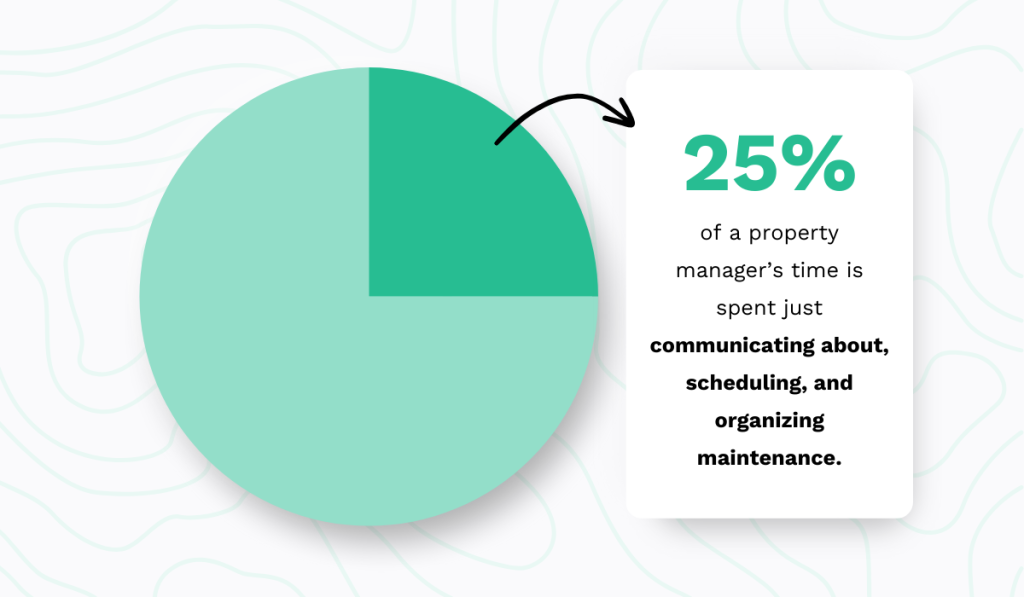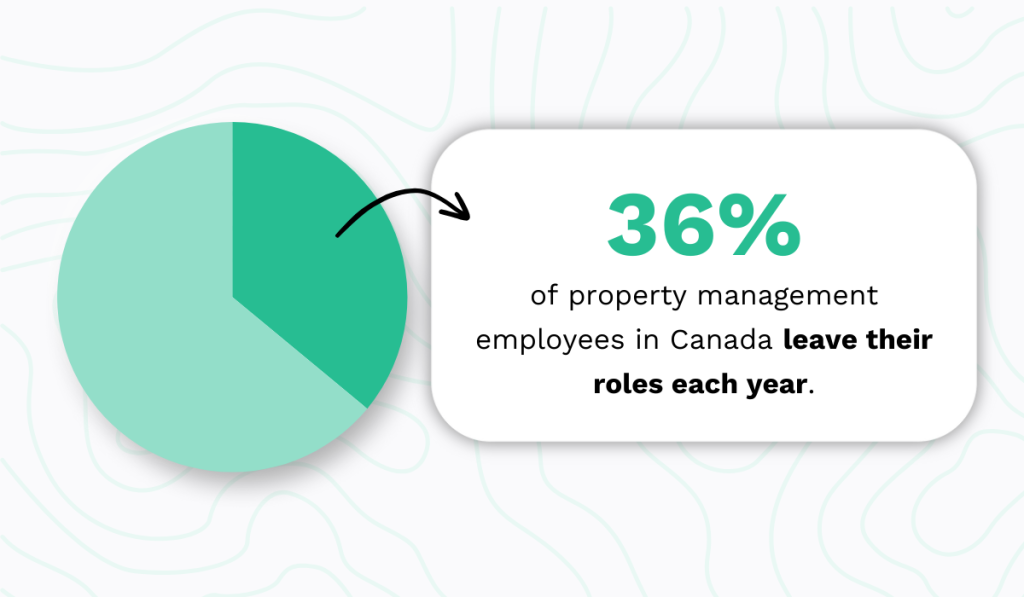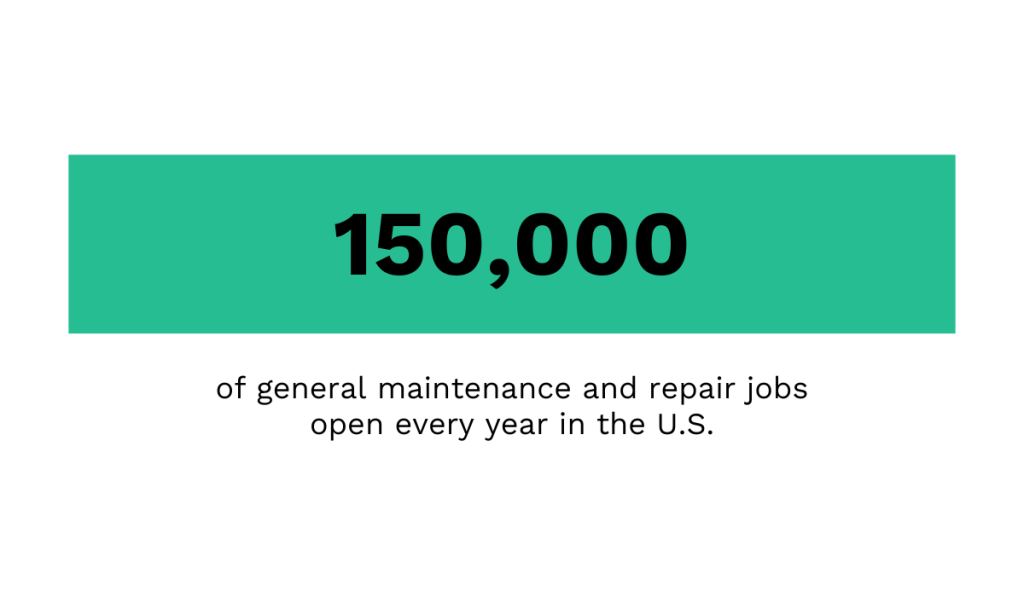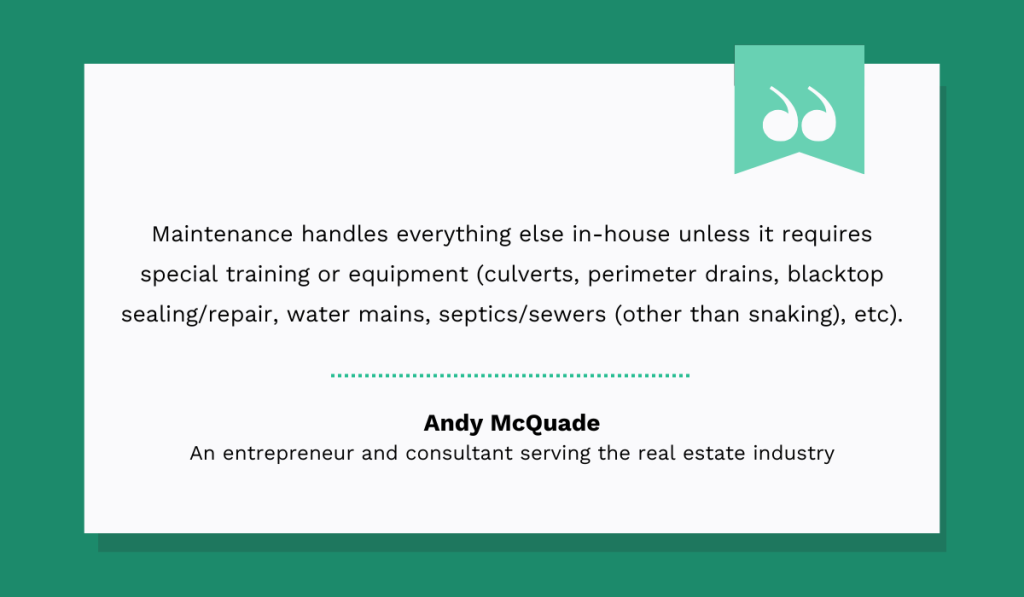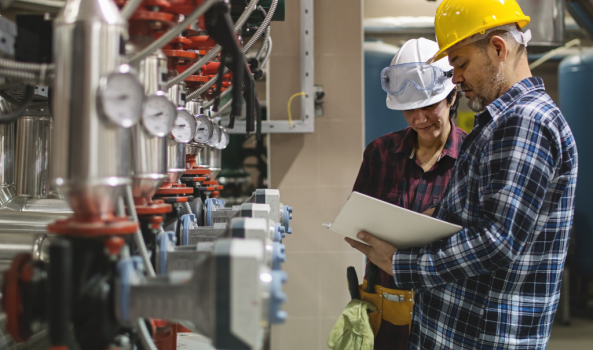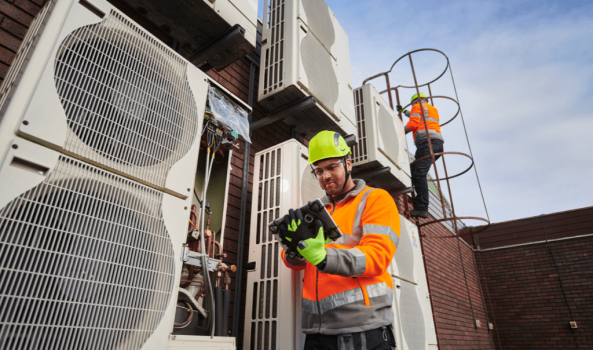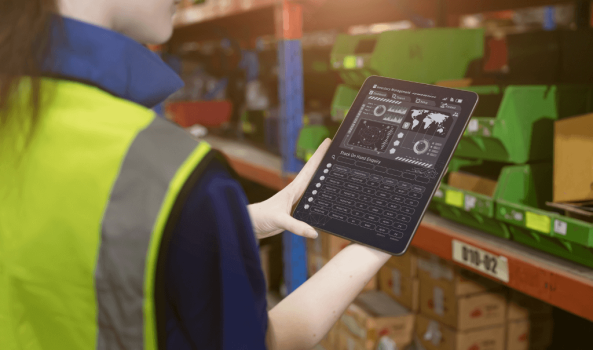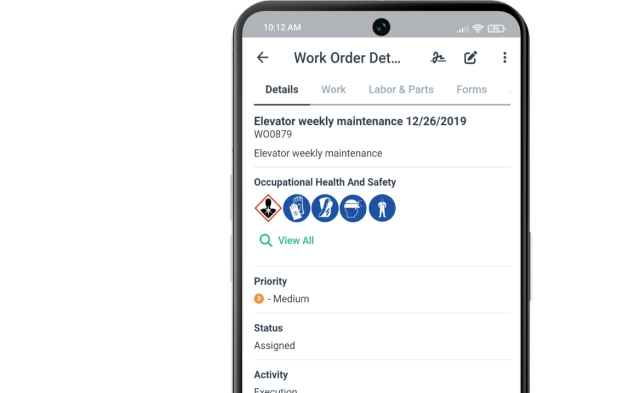Get a Free WorkTrek Demo
Let's show you how WorkTrek can help you optimize your maintenance operation.
Try for freeKey Takeaways:
- Property managers spend 25% of their time organizing maintenance tasks.
- Some custodians perform light property maintenance alongside cleaning.
- Contractors handle specialized tasks that require training or specialized equipment.
- CMMS reduces manual coordination and improves workflow efficiency.
Property maintenance looks very different from one organization to another. Some teams rely on a dedicated manager and technicians, while others spread the work among whoever is available.
Without structure and the right tools, maintenance often becomes a cycle of delays, reactive fixes, and frustration.
A computerized maintenance management system (CMMS) helps bring order, visibility, and efficiency to property maintenance.
To see how, let’s look at the four key types of property maintenance employees and how each benefits from using CMMS.
Property Manager
Property managers are often the first line of responsibility when it comes to keeping buildings running smoothly.
As such, they find themselves balancing multiple responsibilities at once.
In addition to leasing, tenant communication, and budgeting, they coordinate maintenance, log requests, schedule repairs, and follow up on updates.
Research in Canada shows that about a quarter of their workday is spent purely on organizing maintenance tasks.
First-hand accounts from the field show how complex the job really is.
One manager with nearly 20 years of experience described his daily routine as a blur of reports, inspections, purchase orders, and tenant communication, in addition to overseeing maintenance and justifying equipment replacements to upper management.
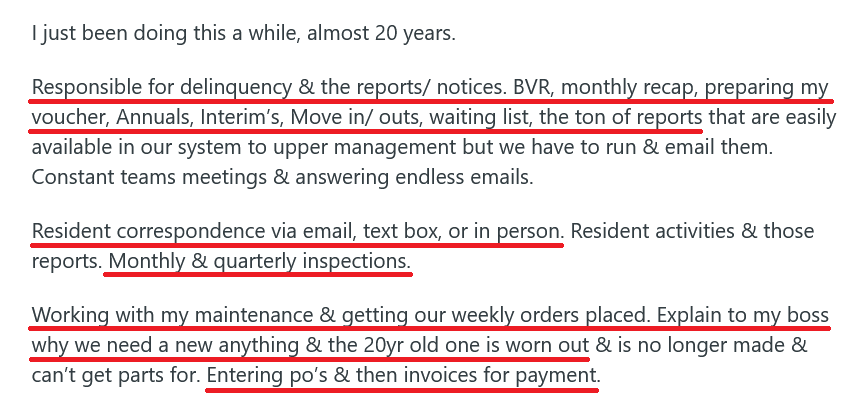
When you combine all these responsibilities, it becomes clear why the workload can quickly become overwhelming.
This burden contributes to high turnover.
The same research shows that 36% of property management employees in Canada leave their roles annually.
This is where a CMMS transforms the role.
Instead of fielding phone calls or scattered emails, property managers can collect tenant requests through a simple app or request portal.
In a CMMS like WorkTrek, you can even brand it, such as below:
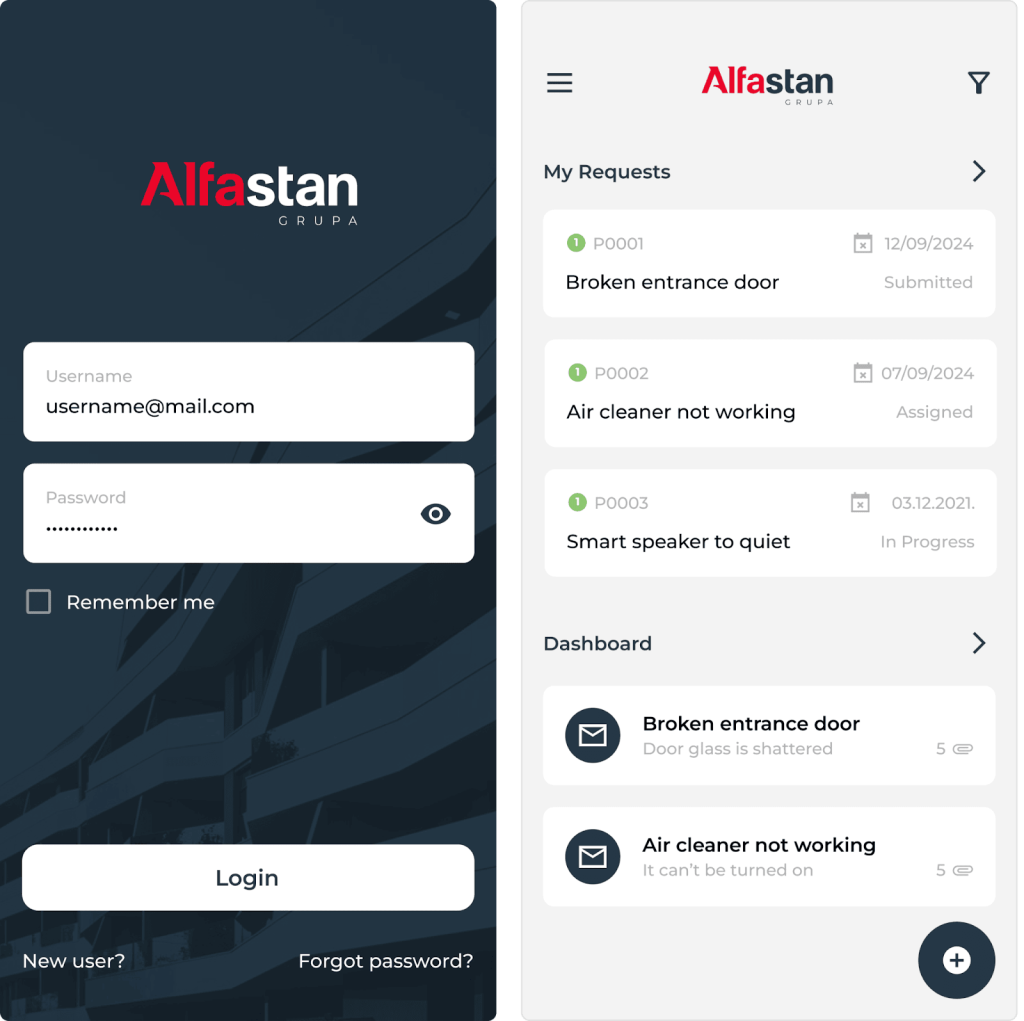
Then, managers can automatically turn each request into a work order, assign it to the right technician, and track its progress until completion.
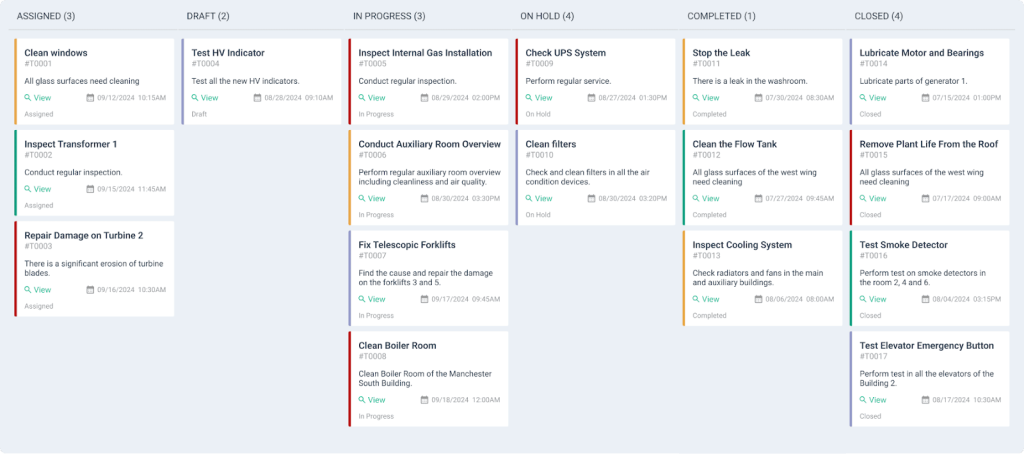
Scheduling preventive maintenance is just as straightforward, with recurring tasks created once and then handled automatically.
For example, managers can set up multiple schedules for the same asset, such as daily inspections, weekly cleaning, monthly servicing, or yearly replacements, all of which are planned.
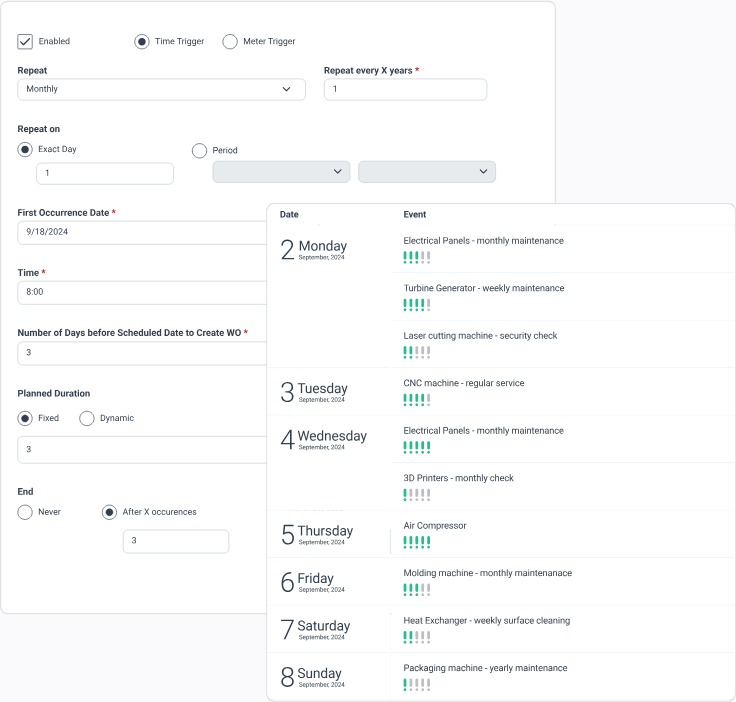
This removes much of the manual coordination that consumes a property manager’s time.
For those managing multiple properties, the benefits are even greater.
A CMMS centralizes all maintenance-related communications, schedules, and documents in one platform, eliminating the need to search through spreadsheets or email chains.

Reports on asset performance and repair history make it easy to justify replacements to management, while parts tracking ensures the right materials are on hand when needed.
By digitizing and automating these processes, a CMMS enables property managers to reclaim hours in their week, reduces stress, and ensures that maintenance work is completed faster and more reliably.
Now, property managers can focus on higher-level priorities while still ensuring everything on the ground runs like clockwork.
Maintenance Technician
If the property manager keeps things running from above, the maintenance technician is the one turning the wrench, troubleshooting issues, and keeping the physical assets in good working order.
Their work covers everything from HVAC repairs and plumbing fixes to electrical work, lock checks, and preventive maintenance.
Jimmy Leaster, maintenance technician at Reside Living, a multifamily property management company, describes his typical day at work:
“A typical day involves walking through the property, making sure all locks are working and all lights are functioning. I also check the building systems to confirm everything is running properly, including hot water and heat. The most common maintenance work we do is leaks and plumbing.”
It is a role that demands constant movement, problem-solving, and hands-on skills.
Traditionally, maintenance technicians have relied on paper checklists or verbal instructions, which left plenty of room for confusion, missed tasks, or safety risks.
With a CMMS, technicians have everything they need on their phones, including:
- Prioritized work orders
- Step-by-step instructions
- Photos of the issue
- Detailed SOPs
Importantly, when a technician opens a work order, they can view potential hazards, the required personal protective equipment (PPE), and any lockout/tagout procedures that must be followed.
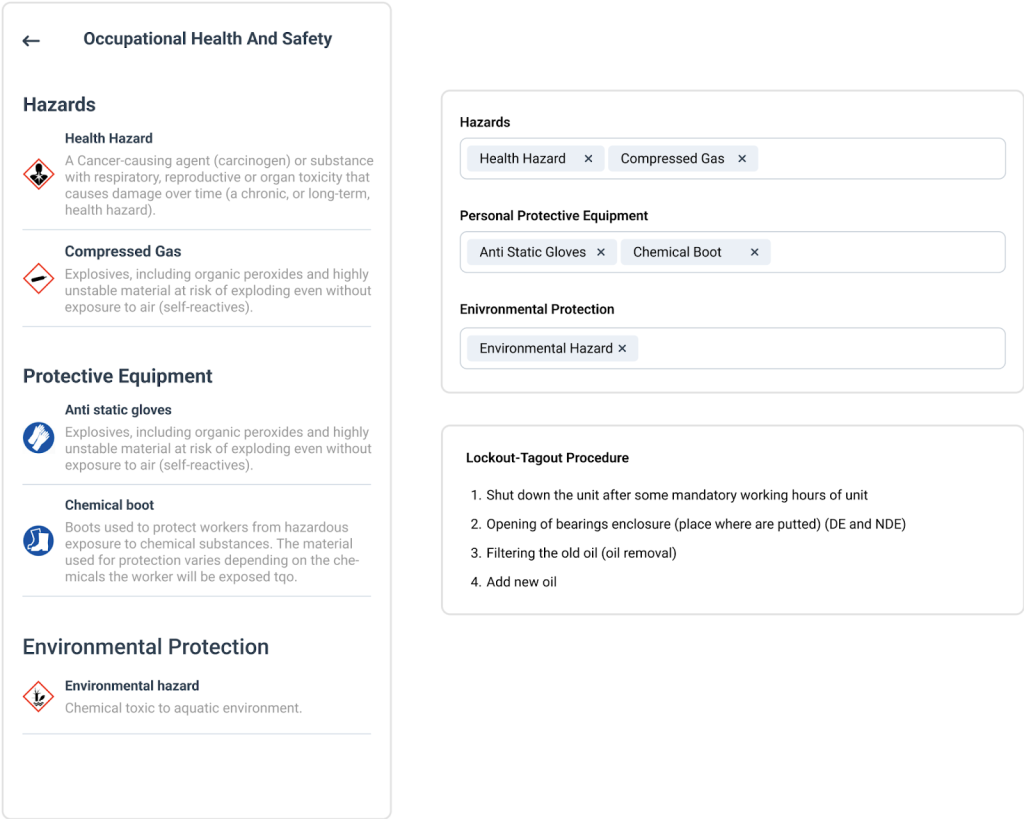
This reduces the chance of accidents and ensures compliance with safety protocols.
Some systems even integrate with floor plans, utilizing pinned task locations to help technicians locate faulty assets or navigate large properties more efficiently.

That’s particularly useful in bigger commercial or institutional buildings where tracking down a specific malfunction can waste valuable time.
When the job is completed, technicians can log the time spent, record the spare parts used, and close the work order on the spot.
This information directly informs labor planning, budgeting, and performance reviews, providing managers with a clear view of how resources are being utilized.
For the technician, it means less paperwork, fewer follow-up questions, and more time to focus on the actual repair work.
The importance of maintenance technician roles is only growing.
The U.S. Bureau of Labor Statistics projects a 5% growth in general maintenance and repair jobs from 2023 to 2033, with more than 150,000 openings each year.
As the workload expands, technology like a CMMS ensures technicians can work more efficiently, stay safe, and keep assets performing at their best.
Janitor or Custodian
Janitors and/or custodians are often unsung heroes of property maintenance, particularly in environments such as schools, office buildings, and apartment complexes.
Their work keeps the environment safe, clean, and functional, covering tasks like:
- Floor care
- Trash removal
- Surface disinfection
- Restroom restocking
But in many organizations, custodians also take on light maintenance duties like changing bulbs, minor repairs, and landscaping, as one Reddit user in the industry puts it:
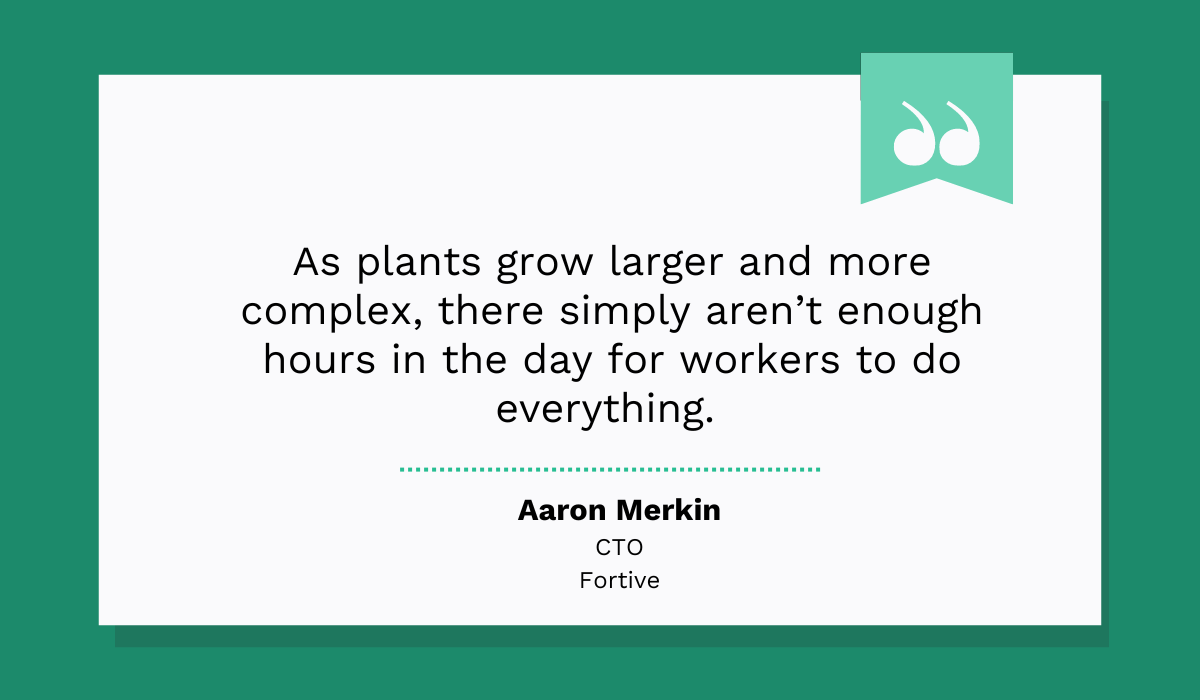

Despite the importance of their work, custodial staff are often under-resourced and overworked.
For example, Jason Hruby, Building and Grounds Supervisor for the Thief River Falls School District in Minnesota, once oversaw a crew of 30 janitors responsible for 600,000 square feet across four schools.
Today, staffing shortages have cut that number in half, leaving the same workload to far fewer people.
Many districts in similar situations have even turned to automation, deploying cleaning robots to bridge the gap.
However, for those who still rely mostly on human staff, a CMMS can provide meaningful relief.
With WorkTrek, for example, you can create different types of tasks, including cleaning and minor maintenance, that custodians can view directly on their phones.
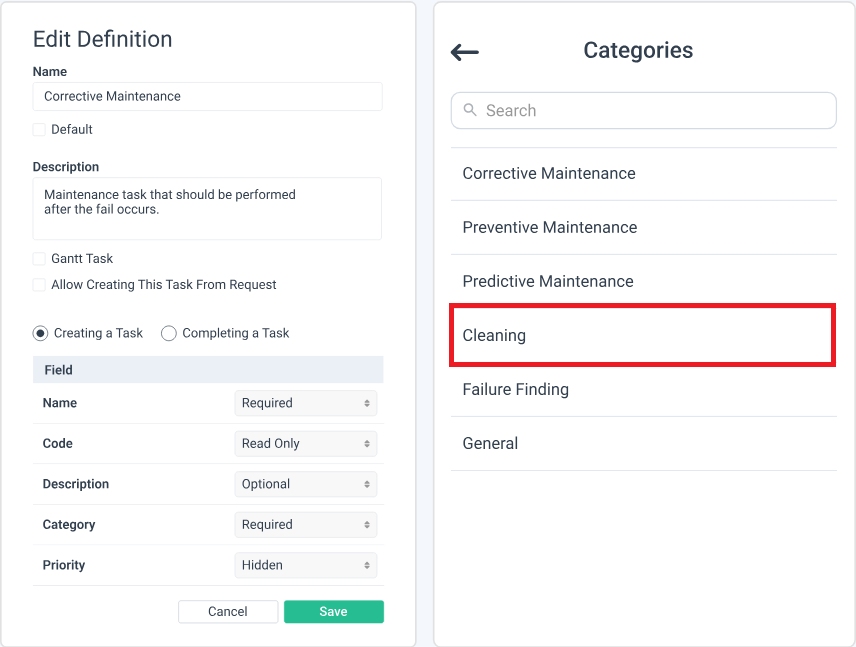
These smaller, routine activities are easy to assign, schedule, and track, ensuring nothing is overlooked.
This way, janitors can begin their day with a clearly defined list of responsibilities, organized and prioritized in the system.

Moreover, SOPs can guide janitors on how to complete each task, while managers can monitor progress in real-time or reassign work if priorities change.
And while a CMMS may not solve deeper challenges, such as understaffing or lack of recognition for this role, it can help bring structure and predictability to a job that often lacks both.
Contractors
Not every maintenance task can or should be handled in-house.
Many properties rely on external contractors or vendors for specialized services that require specific training, equipment, or certification.
Andy McQuade, a real estate investor, explains:
Specialized property maintenance tasks often outsourced to contractors include:
- Elevator maintenance and inspections
- Major HVAC repairs or replacements
- Roofing and siding repairs
- Plumbing beyond minor leaks (water mains, septic systems)
- Blacktop sealing and driveway repairs
- Landscaping for larger grounds
A CMMS can make collaboration with these external professionals more efficient.
Work orders can be shared directly with contractors, who can then track progress, leave notes, attach documents, and mark tasks as complete, all within the same system used by the internal team.
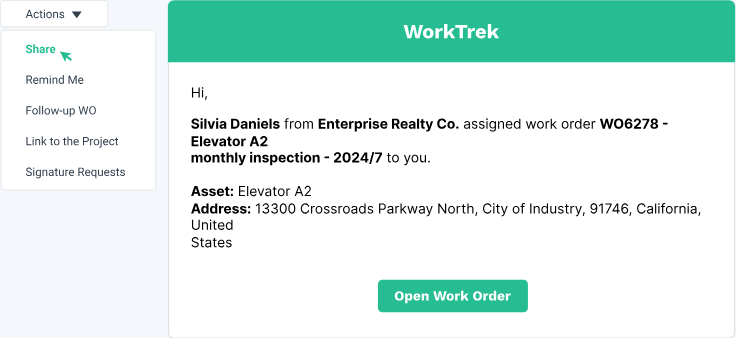
This kind of transparency reduces the back-and-forth and ensures everyone is aligned, whether the contractor is on-site daily or only called in for occasional jobs.
CMMS platforms also facilitate the management of documentation and compliance for third parties, which is particularly important in regulated industries or when working with high-risk activities.
Ultimately, managing both internal staff and external vendors through a single platform adds flexibility, control, and transparency to property maintenance.
Conclusion
Property maintenance is a team effort, and it’s not a one-size-fits-all job.
From property managers overseeing entire portfolios to technicians handling daily repairs, from custodians keeping spaces clean to contractors addressing specialized tasks, each employee contributes to the maintenance of properties.
Understanding the differences between these roles and equipping each with the right tools helps create a more efficient, less stressful, and better-organized work environment.
Most importantly, a CMMS doesn’t just support one part of the team.
It connects everyone, creating a streamlined workflow that benefits the entire organization.
Whether you’re managing a single building or a large portfolio of properties, the right system can help you do more with less—and do it better.




